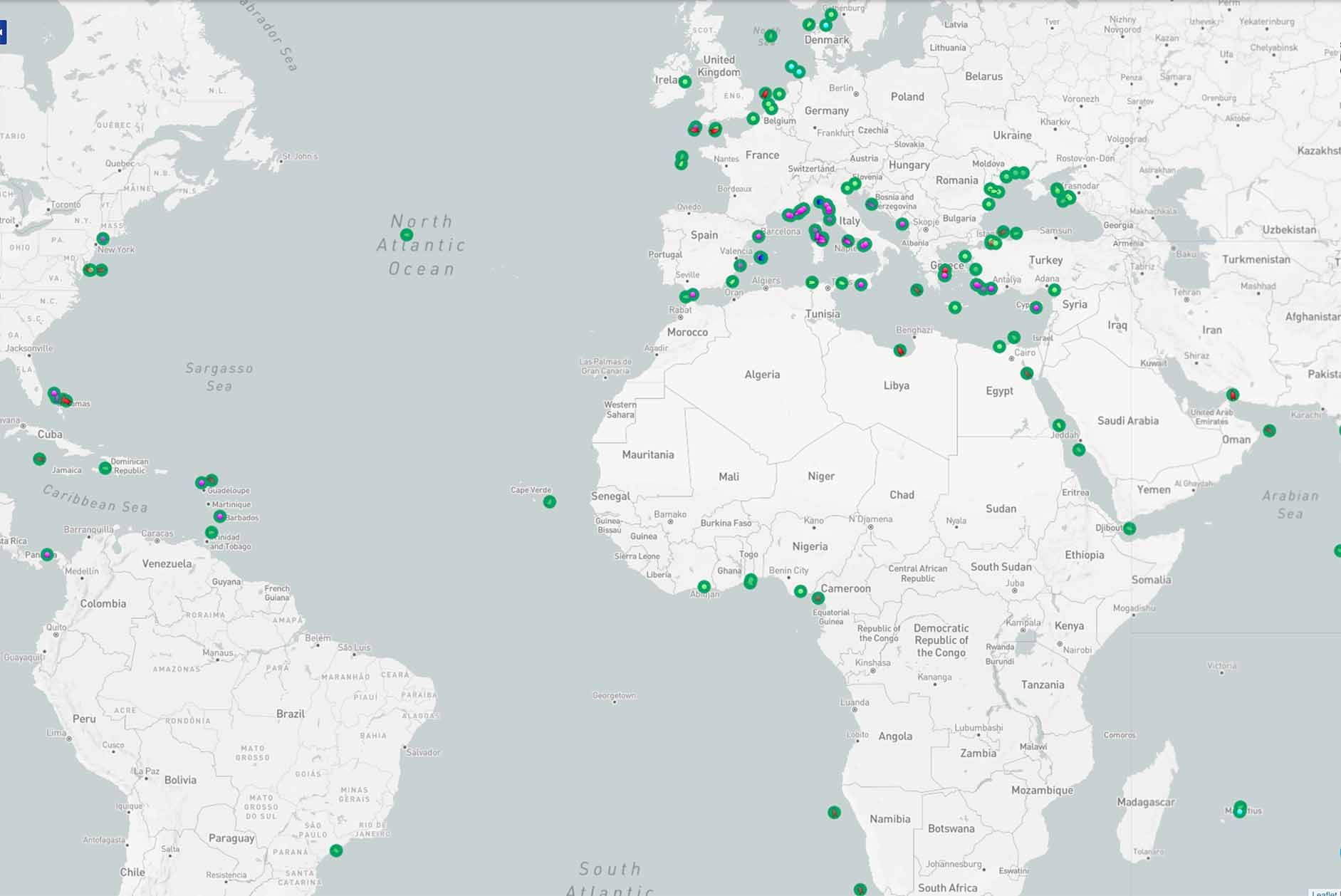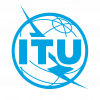BLOG
Telecom26 blog
The World’s Busiest Shipping Routes and Telecom26’s Maritime Connectivity Service

This data enables people to track global vessel movements and identify shipping trends and is a useful supplement to Marine-Traffic’s famous and widely used online ship tracking systems.
You can see Marine-Traffic’s online map here which shows the locations and identities of all the major vessels around the world. Apparently Marine-Traffic records at least 800 million vessel positions as well as 18 million vessel and port-related events monthly and offers information about 650000 marine assets such as vessels, ports, and lights etc.
Seamless Global Maritime Connectivity with Telecom26’s Global eSIM cards
As a global maritime operator, Telecom26 provides connectivity across the world’s shipping routes using our global maritime connectivity service.
Our recent blog “Nearshore Connectivity - perfect for vessels up to 30km off the coast” discusses how most ships and vessels spend the majority (up to 60%) of their time in port or in coastal waters.
They are therefore within range of land-based cellular networks which can provide coverage to vessels as far out as 30km.
So, instead of relying on costly satellite for data or connectivity, vessels can use these cellular networks.
Looking at two of the busiest routes identified by Marine-Traffic you can see how our Global eSIM cards on-board ships will jump from network to network along these busy shipping routes:
Asia to East Coast US via the Panama Canal.
Let’s take a container ship which starts its journey in Shanghai, the busiest port in the world with about 2,000 ships departing every month, and finishes in Houston which is apparently the busiest port in America for foreign waterborne tonnage and is 50-mile-long port with more than 200 public and private terminals.
The ship will travel along the coast of China across to South Korea, then a long journey across the Atlantic to the Panama Canal, then it will travel north off the coasts of various countries before ending in US waters.
The cellular networks used by Telecom26’s Global eSIM cards would be:
- China - China Mobile International and China UNICOM
- South Korea - KT Freetel Co., Ltd (KT ICOM) and SK Telecom (SKT)
- Panama - C&W PANAMA (+ MOVIL) and TIGO -Grupo de Comunicaciones
- Costa Rica - Claro (Telcell affilia es)
- Nicaragua = ENITEL (Claro)
- Honduras - TIGO (Celtel) and Honduras Servicios de Comunicaciones de Honduras
- Mexico – Lusacell
During this time the ships might also pick up some coverage from Empresa de Telecommunicaciones de Cuba.
And finally in the US our partners include AT&T Mobility and US T-Mobile (ex SUNCOM).
The Intra-Asia shipping route using the Strait of Malacca
This is another of the world’s busiest shipping routes as it’s the main shipping channel between the India and Pacific Oceans and sees one quarter of global sea trade, handling about 50,000 vessels per year.
For a container ship starting in Singapore and ending in Chennai the Telecom26 networks would be:
- Singapore - Mobile One and Singapore StarHub Pte Ltd
- Indonesia - XL Indonesia
- Malaysia – Umobile and Malaysia Telenor Group
- Thailand – True Move/Real Future and DTAC TriNet 3G
- Myanmar - Ooredoo Myanmar Limited, Myanmar Posts and Telecommunications, Telenor Myanmar Limited
- Bangladesh - ROBI AXIATA (ex TM Intl Bangladesh- ex (AKTEL) and WIND Tre
- India - Vodafone and BhartiAirTel
Always-On maritime connectivity for the world’s busiest shipping routes
So, as ships along the world’s shipping routes pass multiple countries, our maritime connectivity service means they can smoothly and seamlessly hop from one network to another, with no roaming problems when crossing borders. From China to the US, from Australia to Argentina. Connectivity across all routes
Telecom26’s global maritime connectivity service
We offer bespoke maritime and marine communications services that integrate inbound and outbound roaming, with full support of data services. Our maritime services include:
- A full Cellular At Sea service for vessels of all sizes
- A Nearshore Connectivity Service which uses land-based cellular networks that reach up to 30km out to sea
- A Maritime IoT Service including private networks on-board vessels, oil rigs and platforms – and supply chain tracking
At the heart of our maritime connectivity service are our Global IoT eSIM cards. These provide data to all onboard devices via cellular data links. By onboard devices we mean Wi-Fi routers, container sensors, IoT networks and any system process that needs to connect to the internet, to a remote server or monitor.
Our Global IoT eSIMs can access most terrestrial and maritime networks. Not all networks are equally available – some offer better coverage in some locations than others. And, every country has its own range of terrestrial network operators. This means that, as a vessel moves along the coast, different networks may be available.
Discussing your maritime connectivity requirements
If you’d like to arrange a call to discuss how our maritime connectivity and maritime cellular communications services can help your vessels as they cross border then please get in touch.



